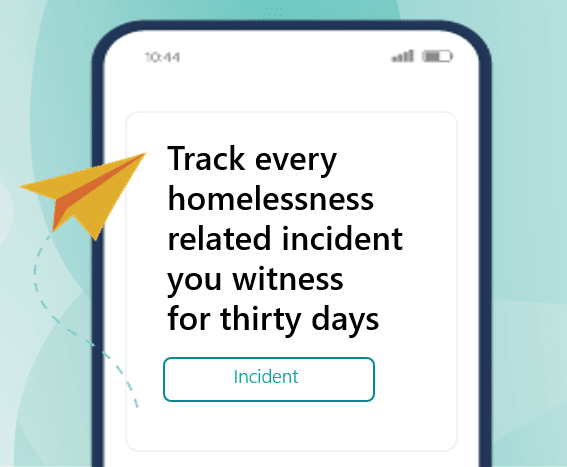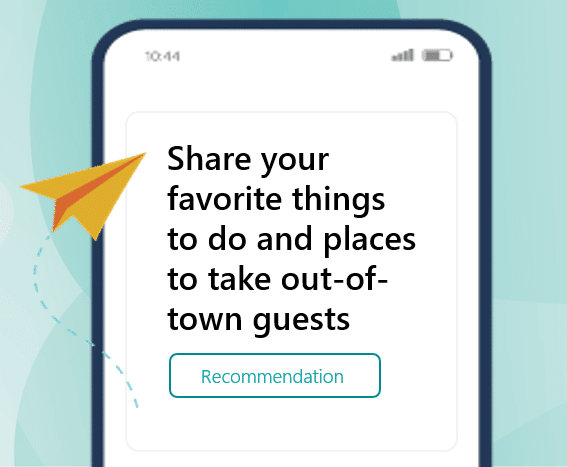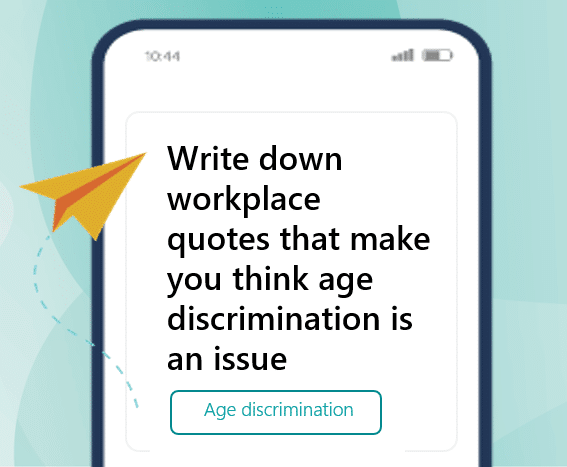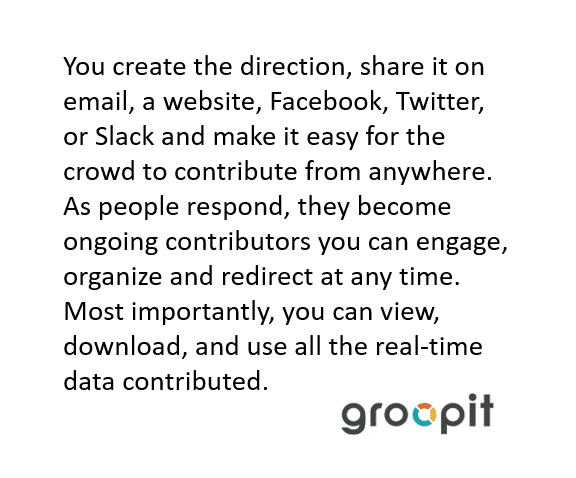Why I launched Groopit and how it changes competitive intelligence
As a leader at Microsoft, I found one of my biggest problems was getting high-quality intel from employees who talk to customers every day. Sure, the loudest and most connected employees were heard, but valuable intel exists beyond the well-connected few. Getting intel from the edges is an issue I’ve seen countless leaders struggle with; one that makes building great businesses harder and slower than it needs to be. The problem is not with the leaders or the employees; it’s with the systems they are forced to use. My frustration turned into an obsession, so I left Microsoft and founded Groopit. This is my story.
At Microsoft, I inherited the design of over 100 internet services and faced this exact challenge. My job was to transform the siloed products to operate as three unified suites known today as the Windows internet services, Bing, and MSN. Each service was designed, built, marketed, sold, and supported as separate products which resulted in constrained resources, adoption, usage, net promoter scores, and ultimately revenue. The only consistent area of growth: frustration.
The challenge was to figure out what to do and how to do it. The data I needed to make decisions existed in the minds of thousands of people working in different departments, locations, and systems. But, even at a company like Microsoft, we were cobbling together the intelligence from employees through email, chats, surveys, shared spreadsheets, meetings, and data already shared in systems like CRMs. The intel was everywhere and nowhere. We were in ad-hoc data collection chaos.

My leadership team and I needed to understand what our key stakeholders and customer-facing employees were seeing in market. And, we needed to understand it with precision. I gathered the data relentlessly.
Once I understood the situation and identified the top ten priorities, I had to get everyone else aligned. Every leader knows this is a new level of pain, largely caused because the data collection process is opaque. My leadership team and I were the only ones learning in the moment and developing a big picture view.
The chaos continued because building great businesses is not an event, it’s a process. There was always a new set of data needed. As we moved into action, I needed to know what was slowing down progress, where were the opportunities for innovation that needed to be resourced, and where were we seeing success.
Ultimately we transformed the silos into three suites that each grew into $1B businesses. Through the process, I found a technology gap for leaders and I left Microsoft to start Groopit.
I built Groopit to be the ultimate way for leaders to get intelligence from the front lines and empower everyone to use it to make better, faster decisions. For competitive intelligence leaders, that means getting real-time competitive intel from employees who talk to customers every day. Groopit replaces data collection chaos and streamlines data sharing into one lightweight workflow, so we can outperform, out-innovate, and outsmart our competitors and build great businesses.

TAMMY SAVAGE
GROOPIT CEO & CO-FOUNDER
FORMER MICROSOFT LEADER




